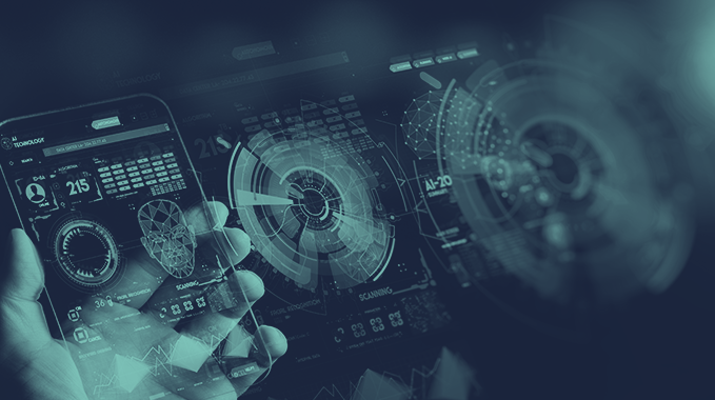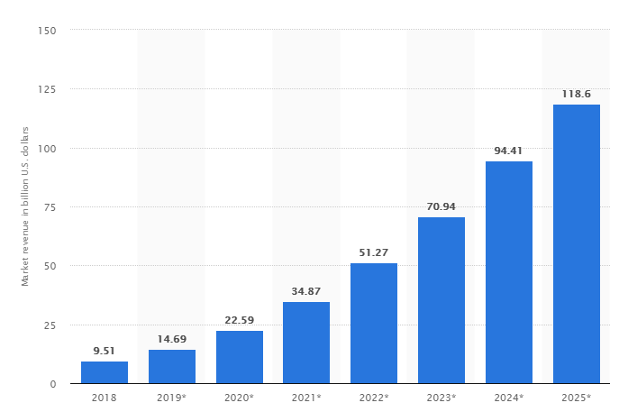How AI and IoT Are Transforming the Future of the Corporate World

How AI and IoT Are Transforming the Future of the Corporate World
Contributed ContentThis article discusses how the blend of IoT and AI can be the catalyst for business modernization and helping organizations reach new heights through intelligent decision making, increased operational efficiency, prediction accuracy, and customer delight.
Tight deadlines, fierce competition, and demanding customers are putting an increasing amount of pressure on organizations to improve the quality of their output and optimize the speed at which they deliver it.
Emerging technologies such as the internet of things (IoT), artificial intelligence (AI), augmented reality (AR) & virtual reality (VR), big data, and blockchain have helped organizations get better by presenting them with the opportunity to disrupt virtually every business process.
IoT solutions and AI solutions are both are unique and carry the potential to digitally transform an enterprise. In fact, it is projected that companies could invest up to $15 trillion in IoT by 2025. Some believe that the Internet of Things offers a potential economic impact of $4 trillion to $11 trillion per year by 2025.

The impact of AI technology on business is also likely to increase labor productivity and introduce a growing, largely profitable software market.

It certainly seems as if IoT and AI solutions are likely to become integral most business’s future.
IoT and AI alone are captivating. Their amalgamation, known as the artificial intelligence of things (AIoT), holds even more potential to transform the future of the corporate world.
What is AIoT?
Artificial intelligence of things (AIoT) refers to the idea of integrating AI capabilities into IoT devices to form an intelligent and connected system. Here, IoT represents the sensory organs and AI acts as the brain of the system.
An IoT system collects data, analyses it, and makes smart decisions in real-time (without human intervention).

With the integration of AI in IoT, a network of connected devices turns into an intelligent machine where it not only knows how to learn and react (in real-time) but also knows how to improvise.
Organizations can leverage AIoT’s capabilities to transform their business processes, drive digital transformation, and ultimately take a leap towards modernization.
Consider the ways in which AIoT will shape the future of the corporate world.
1. Intelligent Decision Making
It is projected that in the coming years, there will be billions of connected devices and systems available and this will exponentially increase the data generated by IoT.
In fact, by 2020, the amount of internet data is expected to reach 44 zettabytes.
AIoT can help enterprises to intelligently manage this overwhelming data in a way that provides valuable insights that they can use to make smart decisions.
For instance, when it comes to the factory floor of a manufacturing organization, various IoT-powered equipment sensors collect data for AI-based algorithms to make inferences and direct the robotic arms to execute functions accordingly. If algorithms anticipate a failure from the collected data, an alarm is triggered and appropriate maintenance action is taken.
In this way, AIoT provides manufacturers with intelligent decision-making abilities to effectively plan out the process flow.
2. Increased Operational Efficiency
The fusion of AI and IoT helps organizations increase the efficiency of their operations through smart automation.
The Hershey Company is a great example of implementing the concept of AIoT to optimize operations. For Hershey, efficient weight management is one of the most crucial tasks. They save around $500,000 for 14,000 gallon batch of Twizzlers for every 1% improvement in weight precision.
With AIoT, Hershey is able to reduce weight variability in production to minimize the utilization of 240 process adjustments a day.
3. Prediction Accuracy
With the power of AIoT, organizations are able to predict operation outputs more accurately.
The best example for this case is Tesla’s autopilot system. It integrates GPS, cameras, sonars, and forward-looking radars with specialized hardware to best utilize the data coupled into the neural network architecture.
The intelligent system is able to determine what should be the next change in the movement of the car.
Another example is of Google. They have cut down 40% of their data center cooling costs through accurate prediction. Data collected from the sensors deployed in the facility is used to predict the pressure and temperature over the subsequent hour to reduce power consumption.
4. Customer Delight
Today, data captured from IoT devices provide organizations numerous opportunities to connect with their customers and that too in new ways. When this data is combined with AI, the outcome is even more powerful. Deeper customer intelligence can be achieved and an agile, targeted, and effective customer experience strategy can be created.
At a retail store, IoT-driven cameras can be used to scan the store and determine customer emotions and behavior.
AIoT helps organizations promote learning and personalization at the same time. They are able to treat every customer individually, considering habits, patterns, and preference.
AIoT is Transforming the Corporate World
The concept of AIoT is still relatively new But it is important for organizations to understand the benefits AIoT can bring your organization.
Organizations that implement AIoT applications will become more diverse and have an edge over their competition, as they will be fueled with the ability to make intelligent decisions, optimize operations, improve predictions, and provide significant value to their customers.
